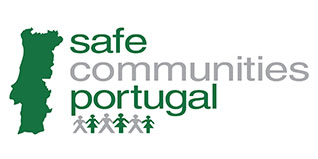MENUMENU
- Who we are
- Find Information
- For Tourists
- Police in Portugal
- Reporting a Crime
- Crime statistics
- Community and Personal Safety
- Protecting Your Property
- Keeping Kids Safe
- Domestic Violence
- Missing Persons
- Useful Links
- International Police Association
- Cybercrime
- Civil Protection and Weather
- Rural Fire Prevention and Protection
- Animal Protection
- Major Incidents
- Regional
- Other languages
